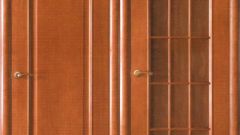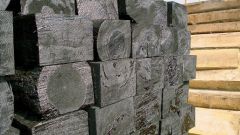Instruction
1
Linseed oil is used for a very long time, many years spent on the basis of different vegetable oils, but since the middle of last century for its steel production to apply alkyd resin and solvents that are sometimes used synthetic substitutes resins. They are of the following types: natural oil, oxoline, combined, alkyd, compazine (synthetic base).
2
Alkyd and oil is used for making various kinds of paints that are used in conducting both internal and external works. Paint of this type can be used for painting different types of materials. Natural oil or drying oil can be used for breeding, or heavy-bodied oil paints.
3
Different kind of varnish used for impregnation of wooden surfaces. The surface impregnated with the composition of the painting is considerably lower (several times!) the consumption of paint and varnishes. You can also process wood varnish products without further painting, as the use of resins largely protects from exposure to rain and protects against decay of wood.
4
Solutions are typically ready-to-use. Easier just to pour them in a spacious container for paints or special trays. You can work with a roller and a wide brush, be careful: the oil is flowing, and drops her hard to wash off.
5
The color to leave the resin, depends on the number of layers, so try to work the butt and not overlap, otherwise streaks and dark streaks can not be avoided.
6
If you use linseed oil preserves the color and texture of wood, for underline you can use an alkyd varnish, it has excellent characteristics for durability, sustainability, and exposed to atmospheric precipitation.
7
For indoor use, it is recommended natural oil linseed oil because of its environmental friendliness. This composition has no odor, dries fairly quickly and does not emit any harmful substances. The only disadvantage with this oil is its high cost. At work do not need to use protective gear.
8
For a budget fix proposed alkyd varnish based on white spirit. The disadvantages of this solution include its artificial composition and toxicity. Although the linseed oil dries faster than natural, in the room stays for a longer time odor, so it is recommended to use in well-ventilated areas and when conducting external works. When working with this oil you need to use gloves and a respirator.
9
Also linseed oil can be coated various kinds of concrete surface after plastering before painting. Processed, they are better painted, and the paint is very economical. Linseed oil can be covered and the ceilings, if you will in the future be covered with oil paints.



